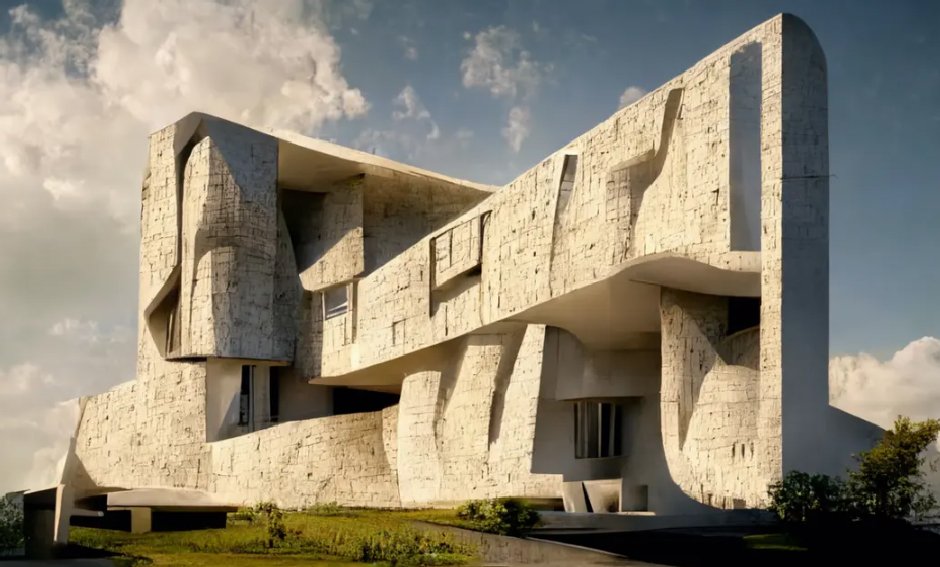When people think of architectural marvels, their minds often conjure images of towering skyscrapers made of steel and glass or historic landmarks built with traditional bricks and mortar. However, in recent years, architects and builders have been pushing the boundaries of creativity by experimenting with unconventional building materials. This article will explore some of these innovative materials, from bamboo to steel home kits, and their impact on the world of architecture.
The Evolution of Building Materials
Throughout history, humanity has continuously evolved its construction techniques and materials. From ancient civilizations using mud bricks to the modern era of steel and concrete, architectural achievements have been closely tied to the materials available at the time. Today, there has been a resurgence of interest in alternative building materials that are not only sustainable but also aesthetically pleasing.
Bamboo
One of the most versatile and sustainable building materials gaining popularity is bamboo. With its rapid growth and impressive strength, bamboo is a fantastic choice for construction. It’s not only abundant but also incredibly flexible, making it suitable for a wide range of architectural applications. From bamboo scaffolding in Hong Kong to stunning bamboo houses in Bali, this natural material is proving its worth in the world of architecture.
Rammed Earth
Rammed earth is another unconventional material making a comeback. This ancient building technique involves compressing layers of earth to create solid, durable walls. Its thermal properties make it energy-efficient, and its unique texture adds a rustic charm to buildings. Modern architects are combining traditional rammed earth techniques with contemporary design principles to create sustainable yet stylish structures.
Shipping Containers
Recycling shipping containers into living spaces has become a trend in the world of architecture. These steel giants, once used to transport goods across the seas, are now being transformed into affordable housing, offices, and even art installations. The modular nature of shipping containers allows for endless design possibilities, and their durability makes them an ideal choice for innovative architectural projects.
Straw Bales
Straw bales may sound like an unlikely building material, but they have gained popularity as a sustainable insulation option. These tightly packed straw bundles not only provide excellent insulation but also contribute to energy efficiency. Straw bale homes have a unique, cozy aesthetic, and their environmental benefits make them a choice for eco-conscious homeowners.
Steel Home Kits
While steel is not a new material in the world of construction, it has found new life in the form of steel home kits. These kits offer a convenient and efficient way to build modern homes. With steel frames, these structures are not only sturdy and durable but also allow for open and flexible floor plans. These kits have gained popularity for their ease of construction and the ability to create sleek, minimalist designs.
The Impact of Unconventional Materials
The use of unconventional building materials is not merely a trend; it’s a response to the growing need for sustainable and innovative solutions in architecture. These materials offer several benefits:
Sustainability: Many unconventional materials are eco-friendly and reduce the carbon footprint of construction projects.
Cost-Effective: Some alternative materials, such as bamboo and straw bales, are often more affordable than traditional options.
Energy Efficiency: Materials like rammed earth and straw bales provide excellent insulation, reducing heating and cooling costs.
Design Freedom: Unconventional materials allow architects to explore new design possibilities and create truly unique structures.
Conclusion
As architects and builders continue to push the boundaries of creativity and sustainability, unconventional building materials will play a pivotal role in shaping the future of architecture. From bamboo’s versatility to the eco-friendly properties of rammed earth and the adaptability of shipping containers, these materials are making a significant impact on the industry. Whether you’re considering a sustainable straw bale home or a modern steel home kit, the world of architecture has never been more exciting and innovative. Embrace these unconventional materials, and you may find yourself living in a remarkable architectural marvel.






